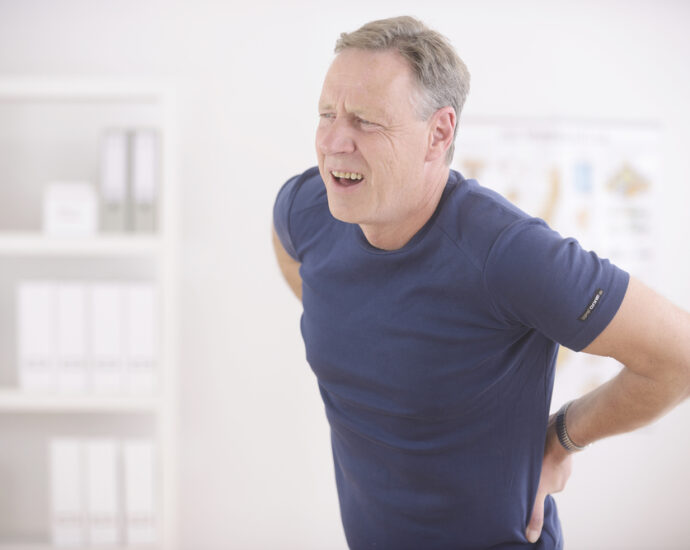Lower back pain is a common ailment that affects millions of people worldwide. It can be caused by various factors, including poor posture, muscle strain, or more serious conditions like herniated discs. Addressing lower back pain effectively involves a combination of lifestyle changes, exercises, and sometimes medical interventions. Here, we explore some effective strategies to alleviate and prevent lower back pain.
Page Contents
Understanding Lower Back Pain
Before delving into the solutions, it’s essential to understand the root causes of lower back pain. Common causes include:
- Muscle Strain: Overuse or improper lifting techniques can strain the muscles and ligaments in the lower back.
- Poor Posture: Prolonged sitting or standing with poor posture can put undue stress on the lower back.
- Herniated Discs: Discs act as cushions between the vertebrae. A herniated disc occurs when the disc is damaged, causing pain.
- Degenerative Disc Disease: This condition involves the breakdown of discs due to aging.
- Sciatica: This is a condition where a herniated disc presses on the sciatic nerve, causing pain to radiate from the lower back down the legs.
Lifestyle Modifications
- Maintain Good Posture
One of the simplest yet most effective ways to prevent and alleviate lower back pain is to maintain good posture. Ensure that your workspace is ergonomically set up, with your chair and desk at the correct heights. When standing, distribute your weight evenly on both feet and avoid slouching.
- Exercise Regularly
Regular exercise is crucial for strengthening the muscles that support the lower back. Focus on exercises that improve flexibility and strengthen the core muscles. Activities such as swimming, walking, and yoga are excellent choices. Additionally, specific exercises like bridges, planks, and pelvic tilts can directly target and strengthen the lower back muscles.
- Lift Properly
Improper lifting techniques are a common cause of lower back strain. When lifting heavy objects, bend at your knees and keep your back straight. Avoid twisting your torso while lifting and hold the object close to your body.
Therapeutic Interventions
- Physical Therapy
Physical therapy can be highly effective in treating lower back pain. A physical therapist can design a personalized exercise program that targets the specific muscles contributing to your pain. They can also teach you techniques to improve your posture and body mechanics.
- Chiropractic Care
Chiropractic adjustments can help alleviate lower back pain by realigning the spine and improving mobility. Many people find significant relief from chiropractic treatments, especially when combined with other therapies.
- Massage Therapy
Massage therapy can help relax tight muscles, improve circulation, and reduce pain. It’s a great complementary treatment that can provide immediate relief and promote long-term healing.
- Medication and Injections
In some cases, medication may be necessary to manage lower back pain. Over-the-counter pain relievers like ibuprofen or acetaminophen can be effective. For more severe pain, a doctor may prescribe muscle relaxants or stronger pain medications. Injections, such as corticosteroids, can also provide relief by reducing inflammation.
Prevention is Key
Preventing lower back pain is often easier than treating it. Incorporating regular exercise, maintaining a healthy weight, and practicing good posture can go a long way in keeping your lower back healthy. It is important to emphasize a holistic approach to health that includes not just treating symptoms but also addressing the root causes of pain through lifestyle changes and preventive care.
Lower back pain can significantly impact your quality of life, but with the right strategies, it is manageable. By understanding the causes and adopting a comprehensive approach that includes lifestyle modifications, therapeutic interventions, and preventive measures, you can effectively alleviate and prevent lower back pain. Revival Health & Wellness offers a range of services and expertise to help you on your journey to a pain-free life. Remember, a healthy back is crucial for overall well-being, so take proactive steps to protect it.
